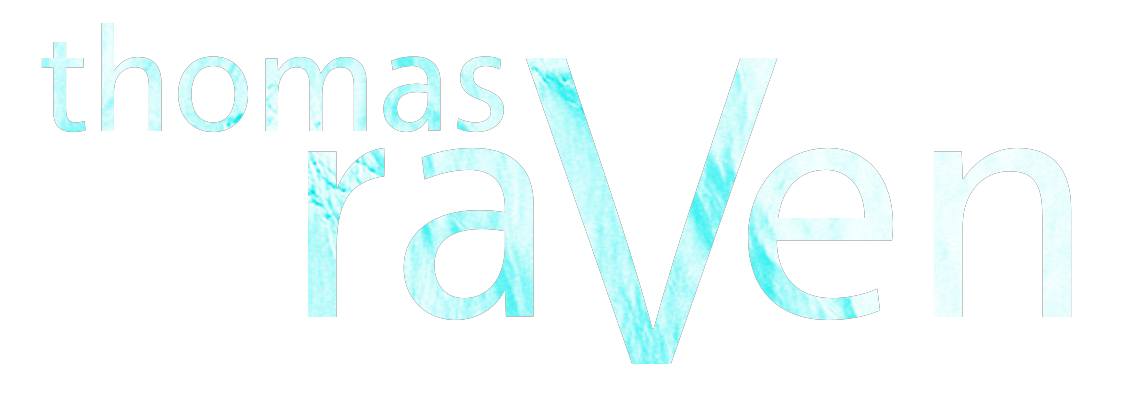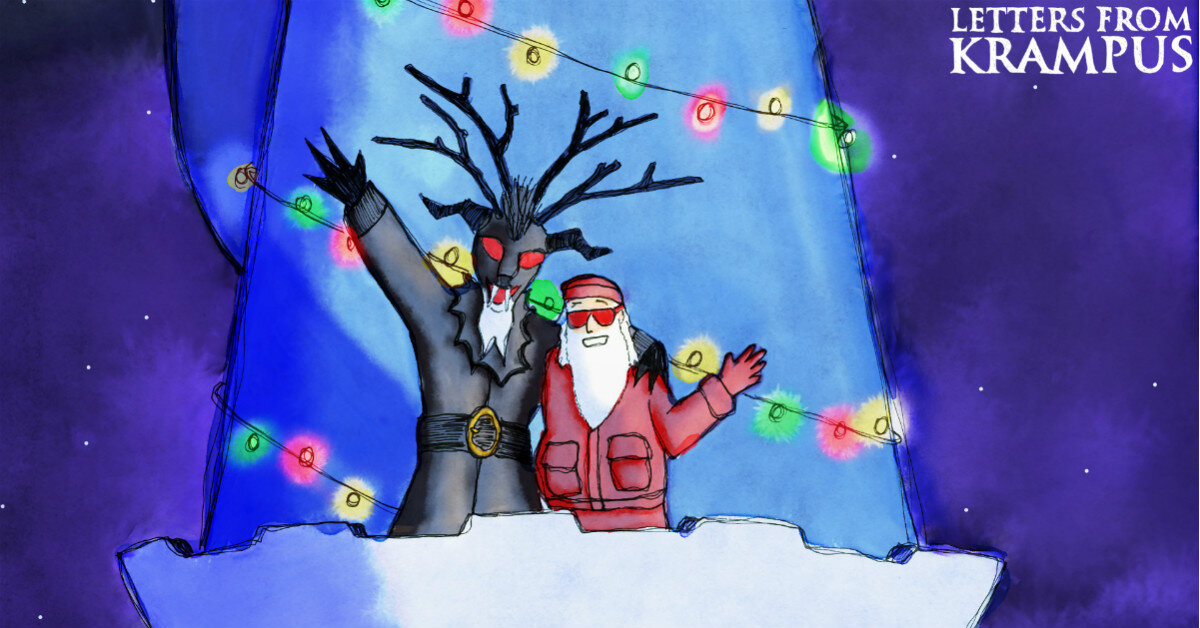Every October, I pick a Halloween-centric book or two to read. This year, I picked up A Season with the Witch by J.W. Ocker (do his friends call him J.W.?). It was published in 2016 so there’s not even a hint of a discussion of the pandemic or national politics. Yay! The basic concept is that the author spent the entire month of October living in Salem with his family and these are the interviews and experiences that came out of that. I suppose the goal was to present an overview of Salem, warts and all. To that end, the book is successful.
Where the book wanes is in it’s inconsistency. It vacillates wildly between travelogue style, historical non-fiction, and personal musings. As such, it’s more like reading a series of blog posts than it is a cohesive book. In fact, I’d say the author’s style reads more like that of a blogger, with snarky asides at every turn. It’s informal for sure, so if you’re looking for more history and less anecdotes, look elsewhere.
Overall, I found it to be a fun read, though I do admit to skimming past subjects that were of little interest, like the interview with Salem’s mayor. I just wasn’t interested in her prattling on about how great Salem is and reading the author’s repeated mentions of the mayor character in Nightmare Before Christmas.
There isn’t much depth to any of this, and that’s fine for a breezy read. I found it entertaining enough for an Autumn distraction. If only his editor had removed all of those “because Salem” remarks from the ends of paragraphs.







